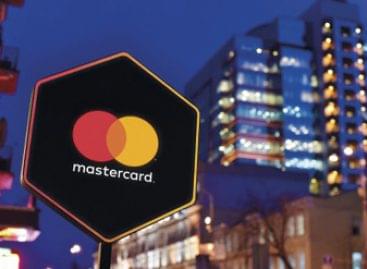Diversification among wine consumers
Our own sales data and Nielsen surveys both indicate the increasing dominance of sweet red wines and rosé in the past five years. It is a favourable development that the volume share of rosé wines nearly doubled, to surpass 5 percent. As a result of economic recession, premium wine sales fell drastically. Consumers have become much more price sensitive, leading to a growing interest in private labels (which offer the same quality with a 20-25 percent price advantage). 2 for 1 promotion campaigns have become frequent, just like jubilee prices, which represent 30-50 percent of the usual consumer price. My prediction is that Hungarian wine consumers will form two distinct groups, the “price buying” one and the “brand buying” one. Innovative packaging solutions (bag-in-box, Tetra Pak, etc.) are unable to break through, since wine consumers are conservative. There is a target group which is more open to novelties and special products: young people. To reach them we need to focus on design and Internet communication.
Related news
Related news
The 6 most important payment trends in 2026:
🎧 Hallgasd a cikket: Lejátszás Szünet Folytatás Leállítás Nyelv: Auto…
Read more >FEOSZ creates a certificate for consumer-friendly web stores
🎧 Hallgasd a cikket: Lejátszás Szünet Folytatás Leállítás Nyelv: Auto…
Read more >Another price cut at ALDI within a month
🎧 Hallgasd a cikket: Lejátszás Szünet Folytatás Leállítás Nyelv: Auto…
Read more >




